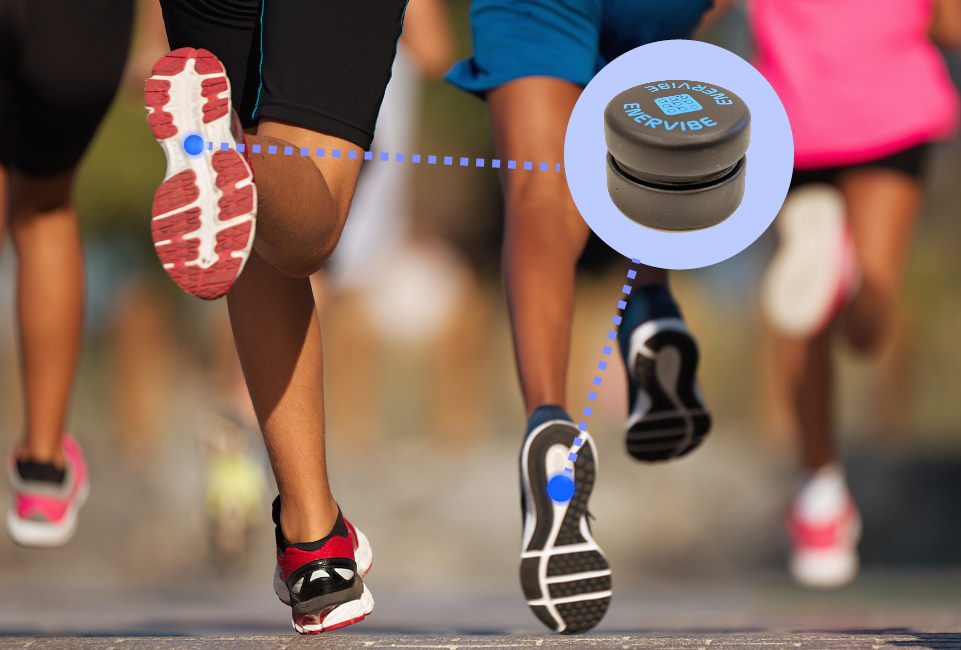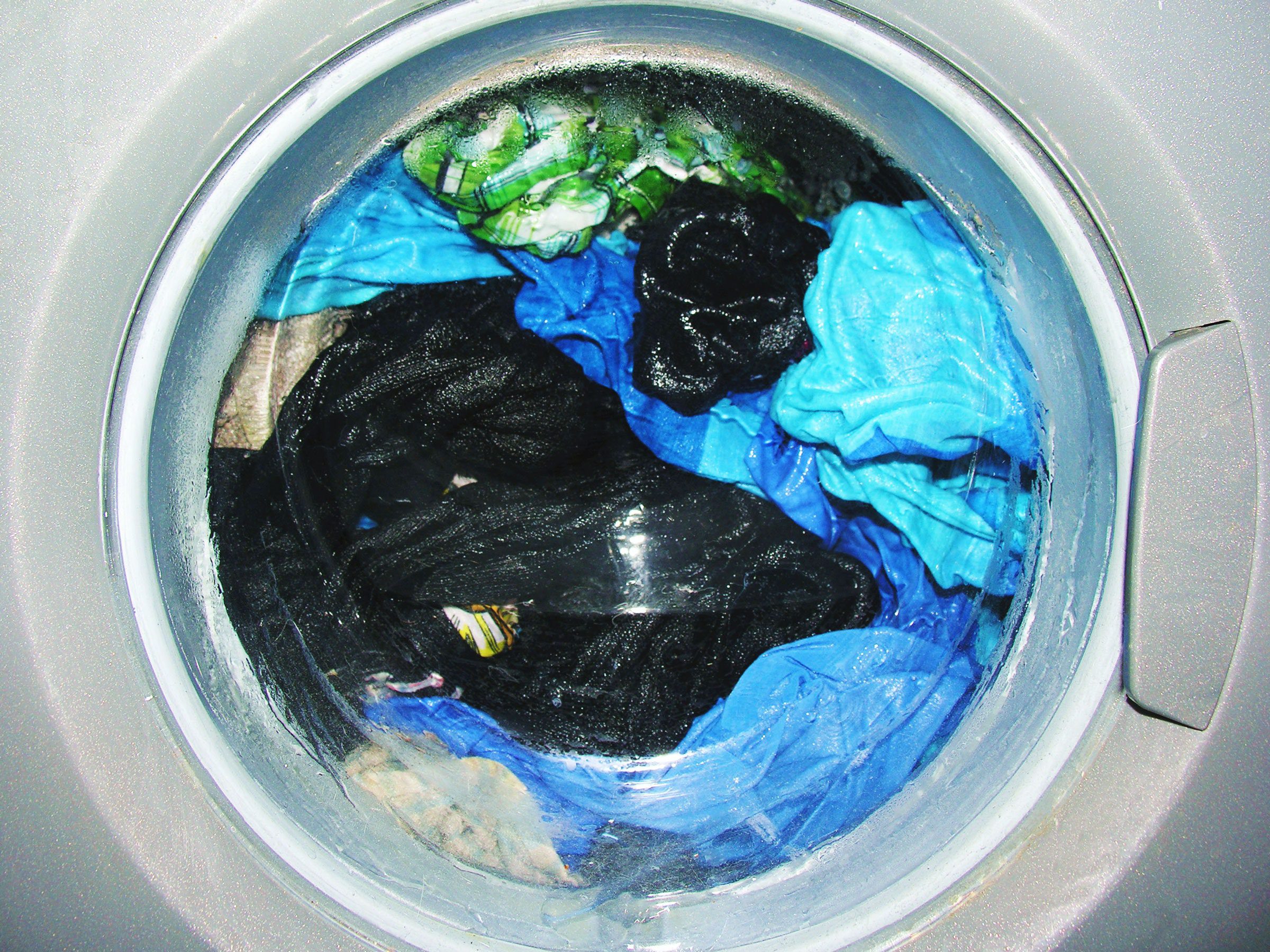Estimated reading time: 0 minutes
The pervasive issue of microplastic pollution has reached alarming levels, extending its presence from remote mountain tops to the depths of ocean trenches. Microplastics, particularly microfibers, have infiltrated various ecosystems, becoming a concern not only for wildlife but also for humans. These microscopic plastic fragments, resembling tiny threads or filaments, stem from diverse sources such as cigarette butts, fishing gear, and ropes. However, the predominant contributor to this environmental challenge is synthetic fabrics, known for their continuous shedding of microfibers.
Textiles undergo a cycle of shedding microfibers during their entire lifespan—from the manufacturing stage to being worn and eventually disposed of. The most significant release of these tiny plastic fragments occurs during the washing process. Astonishingly, a single laundry load has the potential to discharge millions of microfibers into the wastewater stream. Numerous factors influence the quantity of fibers released, including the type of fabric, mechanical actions during washing, detergents used, water temperature, and the duration of the wash cycle.
This continuous shedding of microfibers raises significant concerns due to the harmful effects they can inflict when entering rivers, lakes, and bays. The repercussions of microplastics in aquatic environments are diverse and can have detrimental effects on the biochemistry, physiology, reproduction, development, and behavior of aquatic animals. The chemical additives present in microplastics, including substances like phthalates and bisphenol A, pose additional risks as they can reach out and potentially impact the health of both humans and animals, including disruptions to the endocrine system.
As textiles are integral to daily life, finding sustainable solutions to reduce microfiber shedding becomes imperative. Awareness of the factors influencing microfiber release, coupled with the adoption of eco-friendly laundry practices and innovations in textile engineering, may offer a way forward. Addressing this multifaceted issue requires a concerted effort to minimize the environmental footprint of synthetic fabrics and mitigate the far-reaching consequences of microplastic pollution.
The Journey of Microfibers: From Fabrics to Water and Soil:
The life cycle of microfibers begins in textile manufacturing, where garments shed these tiny plastic threads. The washing process exacerbates the issue, releasing millions of microfibers into the wastewater stream. Although advanced treatment plants can remove up to 99% of these microfibers, the sheer volume generated by a single laundry load results in a significant environmental impact. Treated water, still containing microfibers, is discharged, and the remaining fibers often find their way into the soil through the application of sewage sludge, creating a chain reaction of contamination.
Harmful Effects: Microplastics in Aquatic Ecosystems:
Microfibers entering rivers, lakes, and bays pose numerous threats to aquatic ecosystems. Consumed by fish and other aquatic organisms, these microplastics can disrupt biochemistry, physiology, reproduction, and behavior. Moreover, microfibers carry chemical additives, including harmful substances like phthalates and bisphenol A, which can leach out, impacting the health of both animals and humans. The inclusion of additional toxic chemicals present in textile microfibers compounds the risks.
Fabric Matters: Understanding Microfiber Shedding: Not all fabrics contribute equally to microfiber shedding. The weave tightness plays a crucial role, with loosely woven fabrics like fleece shedding more than tightly woven ones. Surprisingly, even garments made from natural fibers like cotton and wool contribute to microfiber pollution. While these materials are often considered environmentally friendly, their shedding behavior poses its own set of challenges.
Toward Sustainable Laundry Practices:
Addressing microfiber pollution begins at the individual level with sustainable laundry practices. Practical tips, such as reducing laundry frequency, using cold water, minimizing detergent usage, and opting for front-loading machines, can significantly decrease microfiber release. Innovations in textile engineering are also contributing to the development of fabrics that shed fewer microfibers.
Filtering Solutions: Addressing Microfiber Pollution at its Source:
External filters for washing machines present an immediate solution to the problem. These filters, either retrofit or built into new machines, can remove up to 90% of microfibers from rinse water. Studies, notably in Ontario, Canada, have shown the efficacy of such filters in reducing microfiber content in treated water. Legislative initiatives in various countries are pushing for the mandatory inclusion of filters in washing machines, emphasizing their role in addressing the issue at its source.
The Cost-Effective Approach: Incorporating Filters into Washing Machines:
Despite concerns about the cost, studies suggest that incorporating microfiber filters into washing machines would only marginally increase consumer expenses. The economic impact is minimal, with estimates ranging from $14 to $20 per machine. While certain regions, like France, are taking proactive steps to mandate the inclusion of filters in new washing machines, some areas, including the U.S., are still deliberating on such measures.
Conclusion:
In conclusion, microfiber pollution poses a multifaceted threat to the environment and human health. While the ultimate solution lies in re-engineered textiles that shed fewer microfibers, the immediate adoption of microfiber filters in washing machines presents a pragmatic and affordable approach. The combination of individual responsibility, technological innovation, and legislative measures is essential to curbing the pervasive impact of microplastic pollution on our ecosystems.




















Leave feedback about this